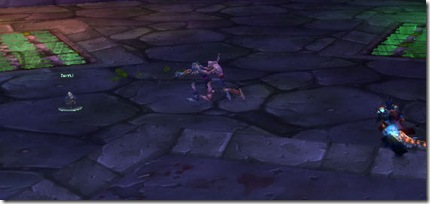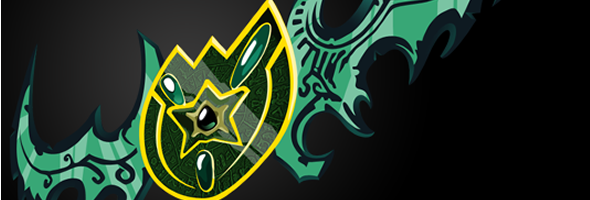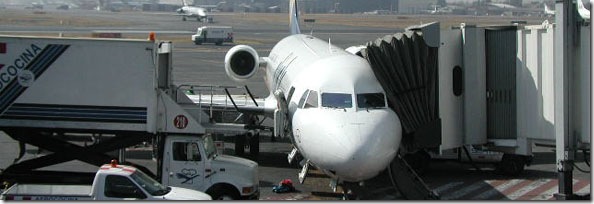
The Wrath plane has landed and passengers are boarding soon! Are you going to be taking it first class or taking the back seat in the economy section?
Veneretio wrote a hot post about dealing with the last few weeks before the new expansion hits and the game resets.
So what does Vene say is the most basic thing to keep in mind as time passes by? His number 1 is to continue to make goals for yourself. He admits that “a lot of what you get now [will be] replaced laterâ€Â. I’m inclined to agree. Even the most equipped players will be hanging up their present armor and gear once they approach the upper level 70s.
For me, most of my hard work was done over the summer. My reputation has largely been grinded out. The last one was Sporregar (which I felt took forever, personally). I may not have enough gold to live and spend lavishly, it will be enough to function comfortably once raiding expeditions start up again. I’m not as invested in my alts as other players are. I level them and gear them to the point where I know I can switch healers if necessary for raids with different people. My Priest is my main and any fun stuff like Achievements and Titles go straight to him.
While Vene says to make goals, Matticus has another rule that’s more prominent:
Relax!
I’ve played this game hard for over 2 years with intermittent breaks. Realistically, the point at which we start raiding as a 25 man unit will not occur until the Christmas holiday arrives. This means that most raiders will be out of action due to Christmas and New Year parties. This pushes back our raiding until early January.
I don’t know about you, but I plan to take it easy as much as I can over the next few weeks. Outside of WoW, I have a few papers, several exams, and a presentation to deliver. The assignments are due within 3 weeks. The presentation is due 4 days after Wrath releases (and I want to finish constructing it first so I don’t have to over the weekend).
Now is the time to get all the real life stuff out of the way. Finish off your work projects. Get cracking on school essays. Bury yourself in the textbooks and take time away from the game where it doesn’t matter as much anyway. If you have goals to complete, then by all means, go ahead and try to get them done. But leave a bit of room for yourself if you’re a progression oriented player who wants to sky rocket to 80.
Revisit loot
Numerous guilds will be wiping their DKP systems and starting fresh. Take the time to examine your loot system. Find out what worked and what didn’t. What would you have changed differently? Try bringing it up as soon as you can. Work out any kinks or problems with the loot system so that you don’t have to do it later when it matters the most: In the middle of a raid.
Roster check
Examine your roster again. Try to ascertain who is likely to stay and who is likely to go. Find out if there’s any holes in there that need to be plugged. My guild has lost a Rogue already and we may lose a mage. We realize that we can always sift through and acquire replacements during the leveling process, its far better to find players now so that the guild can spend more time knowing about new players.
Promotions
Now is an excellent time for promotions. If anyone is stepping down or retiring from the game, its a good time to find players who have demonstrated veteran and leadership qualities to take their place. Raid leaders: Let others take over. See if anyone has expressed interest in doing so. Try to find alternative raid leaders to run your raids. It’s great to have alternate leaders in place in case your main guy needs to sit for a while. There are no less than 6 people in my guild who are qualified to run and lead raids.
One of my guild officers have stepped down and I’ve been promoted. If you do decide to promote someone, the most important thing you can do is outline their tasks. Tell them straight up front what they are expected to do. I signed a 2 month contract as an officer because I wasn’t sure if I was willing to do this long term. I’ve served in a leadership position before but I didn’t feel particularly effective at the time. In my case, I’m being asked to provide healer presence to officer chat and contribute to raid strategy. I also get a vote in what raid directions the guild should go in. I’ only agreed to do this on the interim. Between responsibilities with my blog, WoW Insider, and school I don’t know if this is a position where I can actually contribute to.
Wrap up loose ends! Get it done quick whether its real life related or in game related! Need a title? Hurry and join a group or form it on your own! Want to push reputation? Start soon before people stop running certain instances!
Quick leak: WoW Insider’s going to be doing a quick and comprehensive guide for the various classes when 3.0.2 becomes official. The brass wants us to outline major talents, and changes to the way we operate and other things of interest.
Help me out. I have to write something up by Sunday. I already wrote about healing at level 80. What would you like to know about Holy Priests at level 70 in regards to the new patch?
I plan on including stuff about:
- Talent suggestions
- Quick spell overviews
- Game mechanics that affect us
Anything else you can think of?
Image credits: photos71

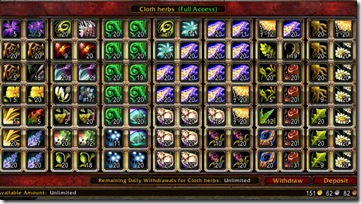
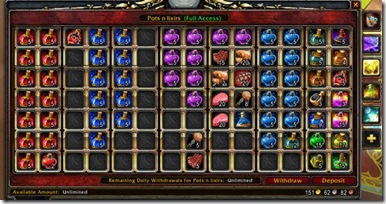
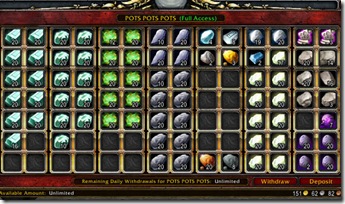
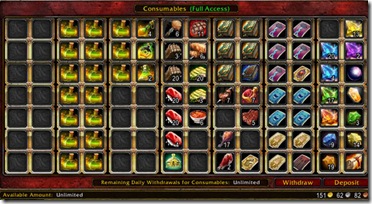
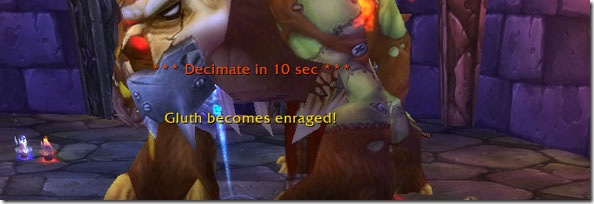
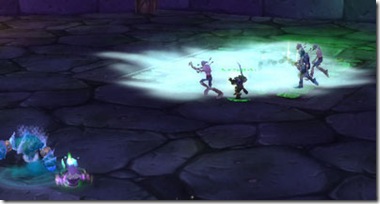
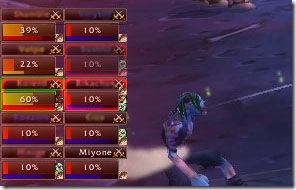 The AoE healer will be keeping an eye on the kiter. It is inevitable that the kiter takes a few glancing blows here and there. Every time a player gets hit by Zombie Chow, they suffer a disease called Infected Wound which cannot be cleansed. It wears off after a minute. The disease causes players to take increased physical damage by 100 every time it is applied. I once had 20 applications of the debuff and believe me, it wasn’t fun at all.
The AoE healer will be keeping an eye on the kiter. It is inevitable that the kiter takes a few glancing blows here and there. Every time a player gets hit by Zombie Chow, they suffer a disease called Infected Wound which cannot be cleansed. It wears off after a minute. The disease causes players to take increased physical damage by 100 every time it is applied. I once had 20 applications of the debuff and believe me, it wasn’t fun at all. 